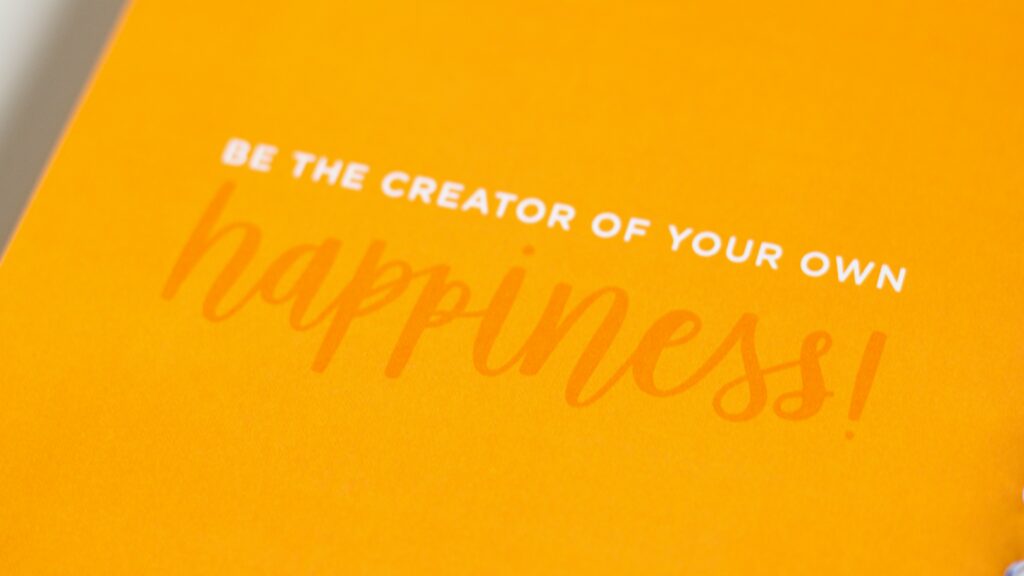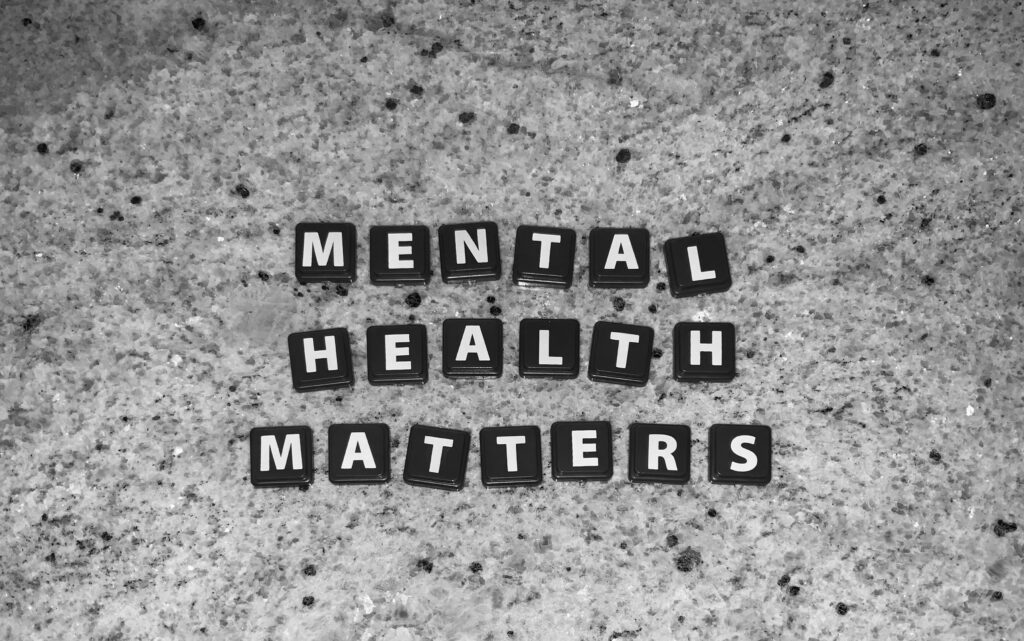Cognitive Behavioural Theory- How does it support Social Emotional Learning?
It’s a beautiful morning on the Westcoast and this week I’m going to continue to look deeper into what social emotional learning is, how educators can support learners and learning environments in regards to SEL and how I can apply my new found knowledge to my own personal journey of managing my anxiety.
Last week I defined social emotional learning and found a great resource, CASEL. This week, I’m going to explore Cognitive Behavioural Theories (CBT). I’ve heard a lot about CBT in passing and I’ve been a part of information sessions within the schools where other professional have mentioned the use of CBT but I don’t actually know what it is or how to use it. I this post, I’m going to define CBT, research how it’s being used to manage SEL, and then reflect on how I can use it as an educator and for my own personal growth.
It’s also worth noting that CBT can get quite complicated and I’m not a therapist. For the purpose of this post, I won’t be diving in too deep and getting too technical and scientific. My goal is to bring awareness, educate and figure out what tools, strategies and resources are available to help with SEL.

Photo by Felicia Buitenwerf on Unsplash
Cognitive Behavioural Theory (CBT) is a psychological approach that explains how thoughts, feelings and actions are connected. It is widely researched and evidenced based. It can be used as a form of psychotherapy for a variety of social emotional issues including anxiety.

How CBT works:
-It focuses on thoughts and behaviours of the here and now
-CBT is goal oriented, time based and structured
-It can help identify and change negative thought patterns
-Teaches individuals that they have a sense of control
-Helps individuals learn better ways of coping, thereby relieving symptoms
What is involved?
-Recognize the thinking that may be creating some of the problems
-Use of problem solving skills to cope with the behaviour
-Gain a better sense of confidence in ones own behaviours
-Distinguishing between facts and irrational thoughts
Strategies may include:
-Facing fears
-Using role play
-Learning to calm ones mind and body
-Journalling
-Breathing and mediation techniques
-Unraveling distortions and negative thoughts while creating new patterns
-Possible exposure to triggers and learning controlled responses
Issues?
-Involves active participation
-Not a quick fix, can take months or longer
Although it’s not the latest and greatest, this Prezi presentation does a good job at outlining CBT including the history, some research, positives and potential negatives for its usage.
What now?
An an educator, it’s important that I’m aware of what tools and strategies are out there. I’m not a therapist, so I would never use CBT in a formal setting with student but what I can do, it take some of the strategies, such as journalling or reframing our thoughts, and help my learners in developing their own tools when it comes to SEL.
For myself, CBT seems like a great tool. It seems so simple yet effective! And with so much information and research available, I would feel comfortable taking baby steps and attempting to implement some of the suggestions myself. Although I understand seeking professional support would be the best, I feel confident in taking one step at a time and using the information, videos and resources listed in this post to begin my own journey to better mental health.
Resources/References
https://www.apa.org/ptsd-guideline/patients-and-families/cognitive-behavioral
https://byjus.com/biology/cognitive-behavioral-therapy/
https://www.betterhealth.vic.gov.au/health/conditionsandtreatments/cognitive-behaviour-therapy
https://www.mindmypeelings.com/blog/cbt-principles
https://positivepsychology.com/cbt-cognitive-behavioral-therapy-techniques-worksheets/

Photo by Marcel Strauß on Unsplash